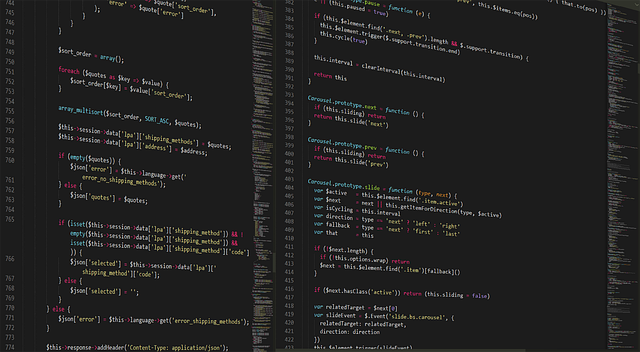In today’s dynamic digital landscape, video development has emerged as a cornerstone of online education and knowledge building. As a medium, video transcends traditional boundaries, making it an indispensable tool for educators and learners alike. The ability to convey complex ideas in an engaging and visually stimulating manner can transform the educational experience, making knowledge accessible to diverse audiences.
With the rise of e-learning platforms, the demand for quality video development has skyrocketed. Educational videos must be not just informative, but also captivating. This is where the art of storytelling comes into play. By weaving narrative techniques with visual elements, educators can create videos that resonate with learners. A well-structured video can capture attention in the first few seconds, evoke emotion, and facilitate retention—qualities that are essential in the fast-paced digital age.
One of the most remarkable aspects of video development for online education is its versatility. From explainer videos that break down complex theories to interactive tutorials that encourage active participation, the possibilities are endless. This versatility allows educators to tailor their content to meet the unique needs of their audience, making learning a personalized experience. Furthermore, integrating multimedia elements such as animations, graphics, and voiceovers can significantly enhance understanding, allowing viewers to visualize concepts that might otherwise be challenging to grasp.
Another significant advantage of video in online education is its ability to promote self-paced learning. Learners can revisit videos as needed, pausing to reflect on information or to take notes. This empowerment fosters a sense of ownership over the learning process, which is crucial for knowledge building. Unlike traditional classroom settings, where an educator’s pace dictates the flow of information, video allows students to control their learning trajectory.
As we delve deeper into the world of video development, it’s essential to consider the technical aspects as well. High-quality production values, clear audio, and effective editing are key components that contribute to a video’s success. Moreover, optimizing videos for various platforms enhances accessibility. Whether on a smartphone, tablet, or desktop, ensuring that content is mobile-friendly allows learners to engage with materials anytime, anywhere.
Equally important is understanding the target audience and their preferences. Researching demographics and learning styles can provide insights that inform content creation. By aligning video content with the learners’ interests and experiences, educators can create an engaging atmosphere that promotes interaction and knowledge exchange.
Finally, building a community around video content can further enhance the effectiveness of online education. Encouraging discussions and feedback fosters a collaborative learning environment. Platforms like YouTube, Vimeo, and social media provide channels for viewers to engage directly with creators, making education a two-way street. This sense of community can break down barriers and promote deeper connections among learners, enhancing collective knowledge building.
In a nutshell, mastering the art of video development for online education requires a blend of creativity, technical skill, and an understanding of pedagogical principles. By harnessing the power of video, educators can inspire and empower learners, facilitating a richer knowledge-building experience. The journey of creating educational videos is as rewarding as it is challenging, and the impact of well-developed content can resonate for years, influencing the trajectory of countless learners.




